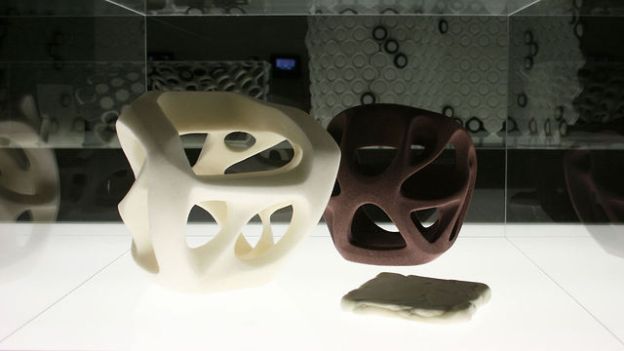
You can marvel at different pieces of furniture in the IKEA showroom all you want, but at the end of the day, you’re still an allen wrench and several hours away from a fully furnished apartment. That’s why we’re loving designer and engineer Carl de Smet’s smart foam furniture which can assemble itself without any muscle power.
The lightweight furniture are made with “shape memory” polyurethane foam that can be flat-packed down to five percent of its original size. When the piece is ready for assembly, simply apply heat and the foam will expand to its full size. Thanks to this shape memory property, the furnitures can also be repacked, transported, and rebuilt to make moving easier. If the furniture gets damaged, it can also be re-expanded to fill in any spots bent out of shape. At the moment, de Smet designed the funky, futuristic pieces to unfold when surrounded by temperatures above 70 degrees. However, just in case the weather gets unusually warm, he’s also experimenting with expansion by electrical current to avoid summer mishaps.

“I wanted to bring it back to daily life and not only use it for high technology projects, and for that the metals were too expensive,” de Smet told Dezeen. “With polymers, when you produce them in large quantities, it’s affordable.”
De Smet will unveil scaled-down models of this technology tomorrow during Milan Design Week, though he promises he is close to implementing these structural effect in full-sized furniture. While you may be tempted to put in an order right away, be patient; de Smet estimates that his designs will be commercially available in the next 18 months.
Watch the video below to see a demonstration of how the smart foam chair can assemble itself in under five minutes.
Editors' Recommendations
- Ikea launching 3 new smart home safety gadgets in 2024
- Move over, selfies! Smart lights have another practical use in the bathroom
- New ADT survey reveals deep-seated insecurities over smart home security
- Amazon’s new smart oven can air-fry, bake, and microwave your meals
- Ikea expands its Tradfri line with new smart bulbs and starter kits


